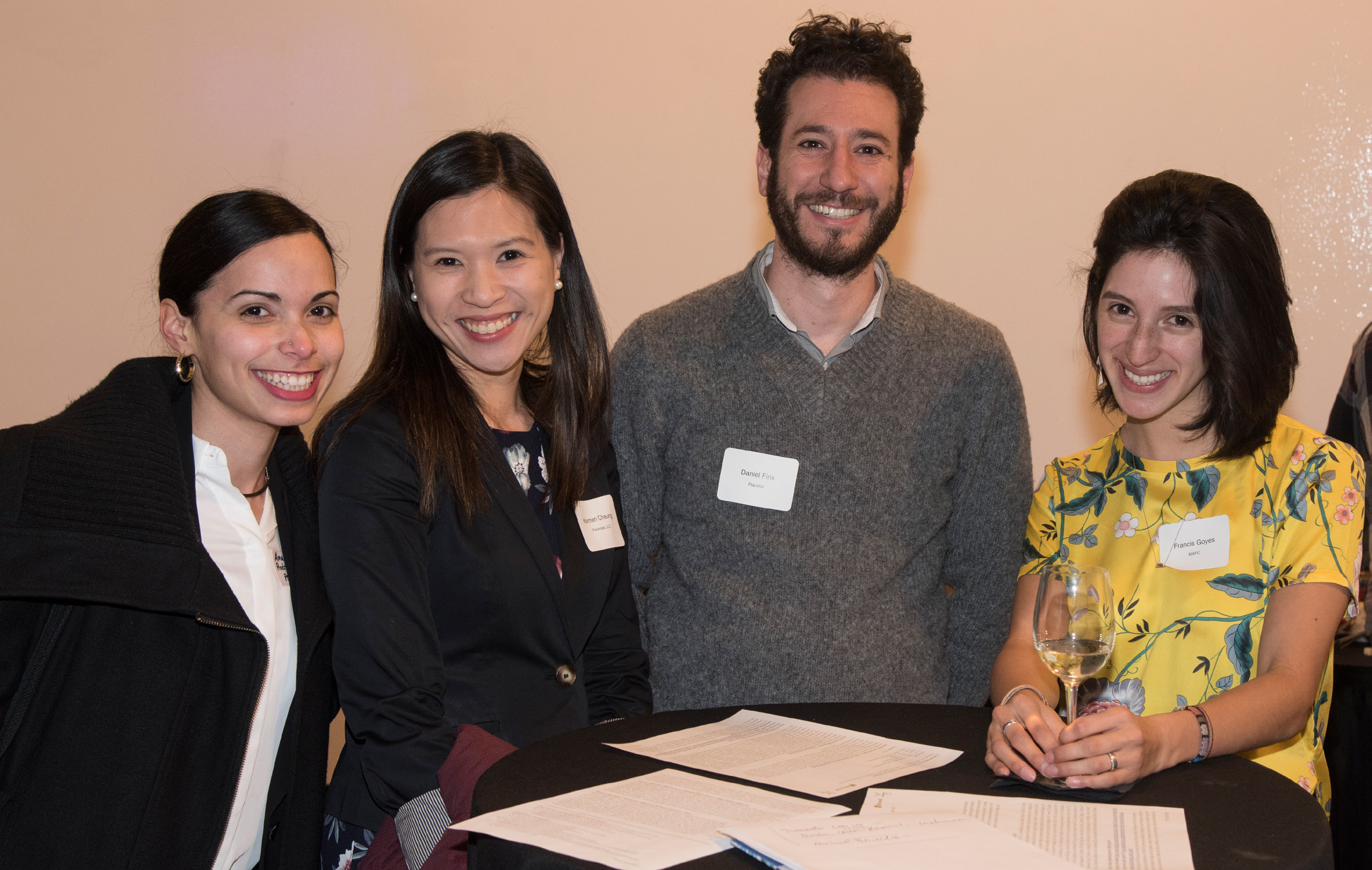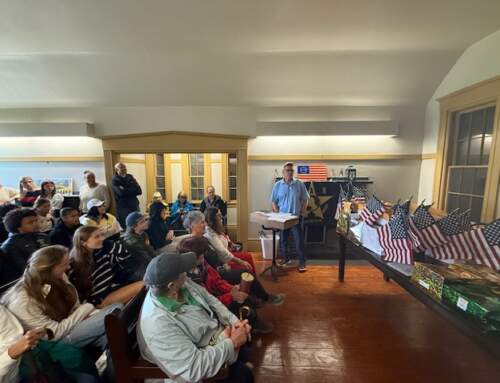By Richard Campbell
This past Tuesday evening a packed meeting at District Hall in the Seaport featured a forum sponsored by Microsoft Innovation and Policy Center and Venture Café on the housing crisis in Boston. It was a rather spirited presentation by development representatives, housing planners, architects, and city officials from the mayor’s innovation lab. The forum explored Boston’s current housing crunch in considerable detail, to provide some possible solutions to the exploding housing shortage impacting community neighborhoods. This is a subject near and dear to Mayor Walsh’s policies for the future of Boston, as he has repeatedly made plans for ramping up more affordable housing in the city.
Presenters touched on the the real estate building boom in the Seaport, the effects of student housing on renters in high profile Boston area neighborhoods, and the extremely hot market in South Boston. As moderator Bianca Sigh Ward made clear, the major issue for families wishing to stay in the city is the high cost of rents or purchasing a home. Basically, the consensus is that Boston is forcing families with children to leave our neighborhoods, by not addressing the issue of affordable housing.
Other more complex issues like the transportation infrastructure, the cost of developing new housing, and seniors being priced out of the city were broached. Almost all presenters suggested that as ever more high tech ventures land young high salaried employees to Boston every month, the increased income disparity between more modest income native Bostonians and the educated corporate elite is causing a kind of economic polarization.
The series kicked off with Karina Milchman, Chief Housing Planner for the Metropolitan Area Planning Council MAPC, giving an in-depth view of the housing market in the Boston area, which inevitably focused upon the shortage of affordable housing, the high cost of development, and the disparity between data and the perceptions of residents. All of these elements combined, she expressed, are causing barriers to average citizens to maintain a foothold in our traditional neighborhoods.
Ms. Michman’s presentation sped through thorny issues like the increased cost burden for middle class families, to Boston’s migration imbalance compared to other cities, and the shortage of housing density in the surrounding suburbs. Perhaps at the center of the market variances surrounding Boston are towns that refuse to submit to rezoning to to take pressure off Boston’s neighborhoods. As everyone who has lived in our neighborhood knows without seeing the stats, things have been tipping towards gentrification for some time in South Boston. But after seeing the mind blowing statistics on screen after screen, the words housing crisis no longer seemed like hyperbole.
Marcy Ostberg, the Director of the Mayor’s Housing Innovation Lab came prepared with a few stop gap solutions in the way housing is planned in order to find ways to create more space for families and individuals, despite the market pressures in the city. Largely focused upon planned communities of compact housing, shared dwellings, and modified zoning for housing combined with public assets. While some of her solutions were practical, others seemed in the category of extremely compromised space for the average city dweller. The generational communities reminded me of extended college campuses that seemed rather European and utopian.
Anda French, principal of French 2D, an architectural firm, brought focus to the often difficult role architects’ play in trying to bridge the gap between what developer clients want and other stakeholders in the neighborhoods want. Anyone who has attended sometimes acrimonious development meetings in South Boston can attest to the position conflicting community requests can put on developing private housing structures. Her presentation on co-housing and micro-housing experimental projects ongoing in Boston suggested that in a city where many dwellers are not families but individuals, some of the smaller solutions could provide affordability.
Jen Corcoran of Corcoran Jennison in Charlestown appeared to offer more of the view of commercial market based development solutions. The company she works for is reportedly responsible for over 3.5 billion in real estate development since 1971. Perhaps known best for their recent development work at Emmanuel College to bring Merck Research Center on campus, the company has also had a large portfolio of residential work in New England. Her frank assessment of the meteoric prices in Charlestown and South Boston where mixed with a kind of pride of accomplishments in the community. This was tinged with a desire to see communities be restored through public / private partnerships to help sustain families. She proposed an example of different levels of union construction labor prices to match particular types of housing to make development costs more affordable, but it was pretty clear that the cost of labor in building will conintue to drive the inflated market prices. It would be hard to describe the level of detail in the Q& A sessions at the close, but this event certainly raised a lot issues.

Besides serious issues there was time for participants to compare notes and have refreshments.






